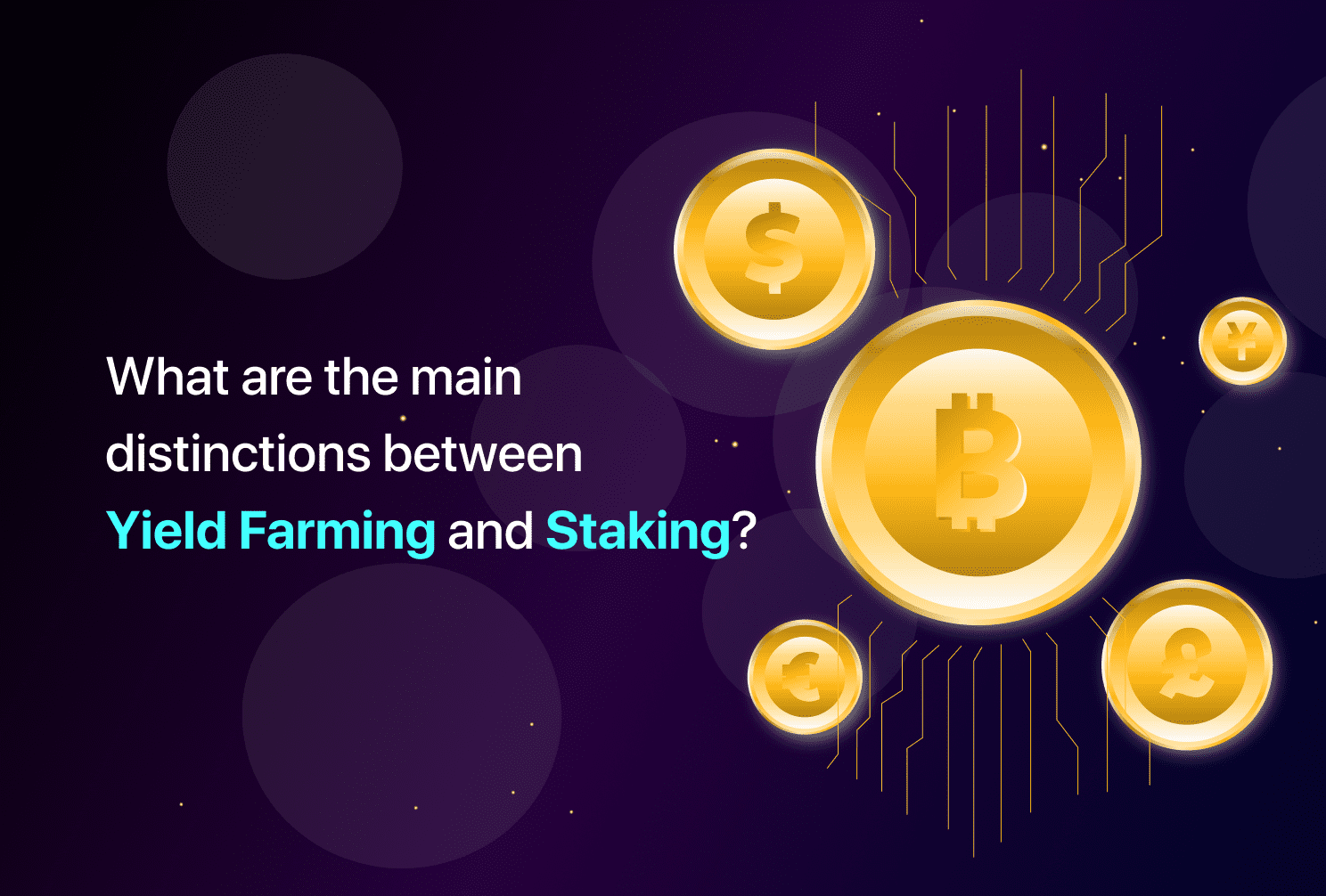Introduction
Mechanics of Bitcoin Transactions, the pioneering cryptocurrency, has revolutionized the way we perceive and utilize digital currencies. At the core of its functionality lies the intriguing world of Bitcoin transactions. If you’re curious about how these transactions work and the underlying mechanics behind them, you’ve come to the right place.
In this comprehensive guide, we will delve into the intricate details of Bitcoin transactions, providing you with a clear understanding of the process from start to finish. Whether you’re a beginner eager to learn about the fundamentals or an enthusiast looking to expand your knowledge, this article aims to demystify Bitcoin transactions and empower you with valuable insights.
Section 1: The Basics of Bitcoin Transactions
1.1 The Transaction Lifecycle:
- Overview of a typical Bitcoin transaction
- Components: inputs, outputs, and transaction fees
1.2 Bitcoin Addresses:
- Understanding public and private keys
- Generating and using Bitcoin addresses
1.3 Transaction Verification:
- The role of miners in verifying transactions
- Introduction to the blockchain and its significance
Section 2: Sending and Receiving Bitcoin
2.1 Initiating a Transaction:
- Choosing a Bitcoin wallet
- Creating and signing a transaction
2.2 Broadcasting and Confirmation:
- Broadcasting the transaction to the network
- Confirmations and their importance
2.3 Wallet Security and Transaction Considerations:
- Importance of private key security
- Transaction fees and their impact on transaction speed
Section 3: Transaction Validation and Blockchain Consensus
3.1 Mining and Consensus:
- Proof-of-Work (PoW) and its role in Bitcoin mining
- Achieving consensus in the blockchain network
3.2 Confirming Transactions:
- How miners validate transactions
- The concept of block confirmations
3.3 Double Spending and Transaction Irreversibility:
- The challenge of preventing double spending
- The irreversible nature of confirmed transactions
Conclusion
Bitcoin transactions serve as the backbone of the entire cryptocurrency ecosystem, enabling secure and decentralized digital transfers. By exploring the mechanics of these transactions, we’ve gained valuable insights into the inner workings of the Bitcoin network. From understanding transaction lifecycles and wallet security to grasping the significance of mining and consensus, this guide has equipped you with the knowledge to navigate the world of Bitcoin transactions confidently.
As the popularity and adoption of cryptocurrencies continue to grow, it is crucial to comprehend the fundamentals to make informed decisions and participate effectively. Embrace this newfound understanding and explore the vast opportunities that Bitcoin and other cryptocurrencies present.
Remember, the world of digital currencies is constantly evolving, so stay curious and keep expanding your knowledge as you embark on this exciting journey.
Read more articles on our blog https://blog.wallmer.com



